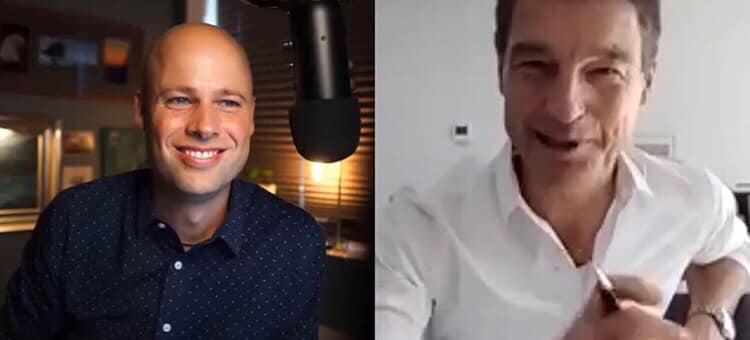Article on innovation ecosystems published in Technovation
Professor Ove Granstrand recently published the article “A cooperative game theory systems approach to the value analysis of (innovation) ecosystems” in Technovation. The article focuses on formally defining ecosystems in cooperative and competitive game-theory terms and presents new theory and methods for assessing value creation and capture in them. The article further illustrates how complementary, substitute and legal artifact and actor relations create value and various stylized examples and applications to innovation ecosystems are given. The article is open access and can be found here.
The article was also accompanied by an interview with Professor Granstrand on the background, implications and future research avenues that might arise from the article, which can be viewed here.

